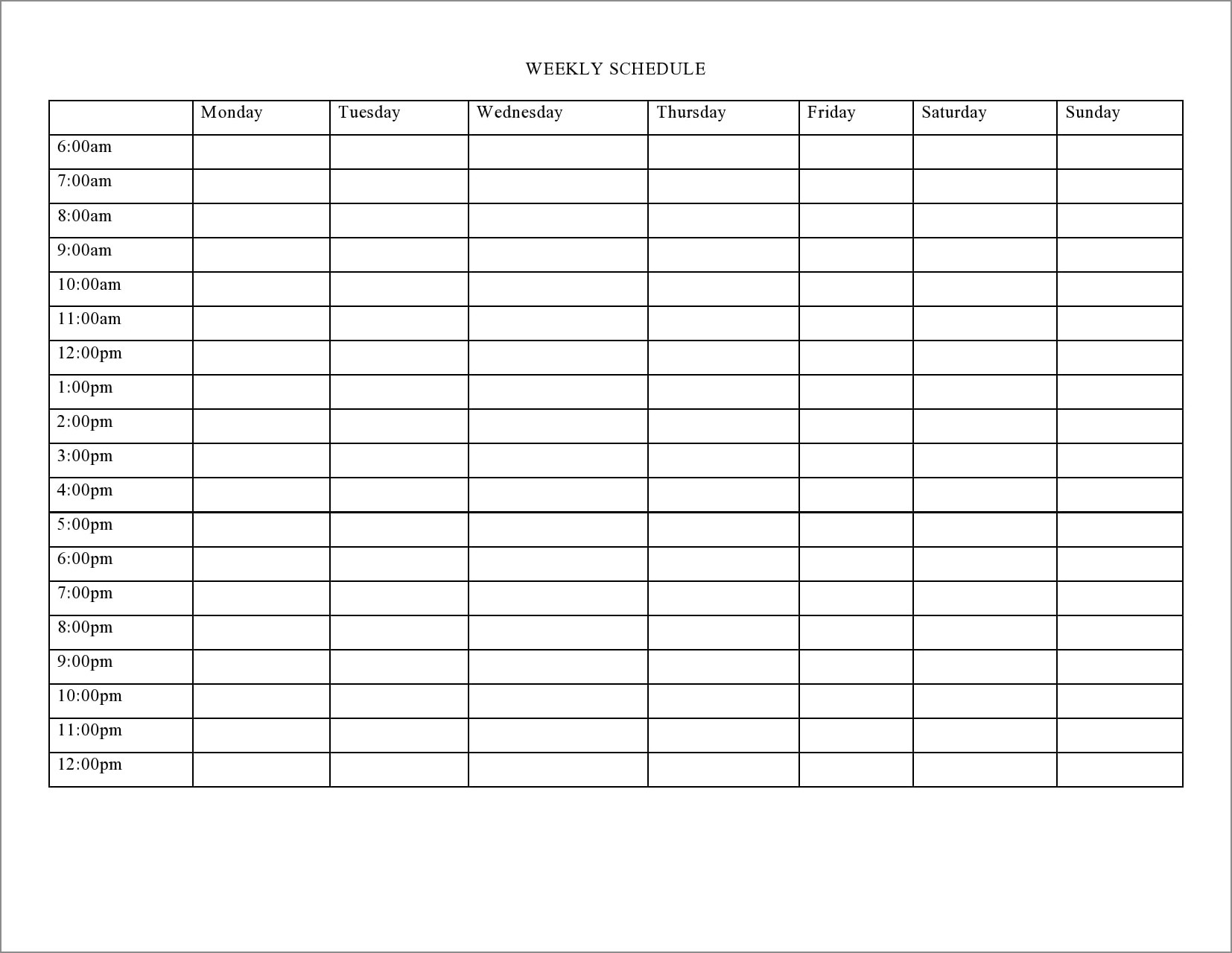Are you tired of feeling overwhelmed and disorganized? Do you find yourself constantly forgetting important tasks or struggling to meet deadlines? If so, it may be time to create a weekly schedule. A well-planned schedule can help you stay on track, prioritize your tasks, and make the most of your time.
In this article, we will guide you through the process of creating a productive weekly schedule that will help you become more organized and efficient.
Why is a Weekly Schedule Important?
A weekly schedule is a powerful tool that can greatly improve your productivity and reduce stress. By having a clear plan for each week, you can better manage your time and ensure that you are focusing on your most important tasks. Here are some key benefits of having a weekly schedule:
- Time management: A schedule helps you allocate your time effectively, allowing you to complete tasks promptly.
- Prioritization: With a schedule, you can prioritize your tasks based on their importance and deadlines.
- Reduced stress: By knowing what needs to be done and when you can reduce stress and anxiety.
- Improved focus: A schedule helps you stay focused on one task at a time, preventing distractions and increasing productivity.
- Increased accountability: Having a schedule holds you accountable for your actions and helps you stay committed to your goals.
How to Create a Weekly Schedule
Now that you understand the importance of a weekly schedule, let’s dive into the steps to create one:
1. Assess Your Priorities
Start by identifying your top priorities for the week. What are the most important tasks or goals that need to be accomplished? Consider both professional and personal priorities. Write down these priorities to serve as the foundation of your schedule.
2. Determine Your Available Time
Next, assess how much time you have available each day to dedicate to your tasks. Consider your work schedule, family commitments, and any other obligations. Be realistic about the amount of time you can allocate to each task.
3. Break Down Tasks
Take each priority and break it down into smaller, manageable tasks. This will help you estimate the time required for each task and ensure that you are not overwhelmed by large projects. Use a to-do list or task management system to keep track of these tasks.
4. Allocate Time Slots
Now it’s time to allocate time slots for each task throughout the week. Consider your energy levels and concentration during different times of the day. Schedule your most important and mentally demanding tasks during your peak productivity hours.
5. Create a Visual Schedule
Visualize your schedule by creating a visual representation of your weekly plan. This can be a physical planner, a digital calendar, or even a simple spreadsheet. Use colors or labels to indicate different types of tasks or priorities.
6. Be Flexible
Remember that unexpected events or changes in priorities are bound to happen. Leave some buffer time in your schedule to accommodate these changes. Be flexible and willing to adjust your schedule as needed.
7. Review and Reflect
At the end of each week, review your schedule and reflect on what worked well and what needs improvement. Make adjustments for the following week based on your observations.
8. Maintain Consistency
Consistency is key to the success of your weekly schedule. Stick to your schedule as much as possible and make it a habit. The more consistent you are, the easier it will be to stay organized and productive.
Tips for a Productive Weekly Schedule
Here are some additional tips to help you make the most of your weekly schedule:
- Batch similar tasks together: Group similar tasks together to maximize efficiency. For example, dedicate a specific time slot for responding to emails or making phone calls.
- Take breaks: Schedule short breaks between tasks to rest and recharge. This will help you maintain focus and prevent burnout.
- Set realistic expectations: Be realistic about what you can accomplish in a week. Avoid overloading your schedule with too many tasks.
- Delegate when possible: If you have tasks that can be delegated to others, don’t hesitate to do so. This will free up your time for more important tasks.
- Use technology to your advantage: Take advantage of productivity tools and apps that can help you stay organized and manage your schedule more effectively.
- Schedule downtime: Don’t forget to schedule time for self-care and relaxation. Taking care of your well-being is essential for maintaining productivity.
Sample Weekly Schedule
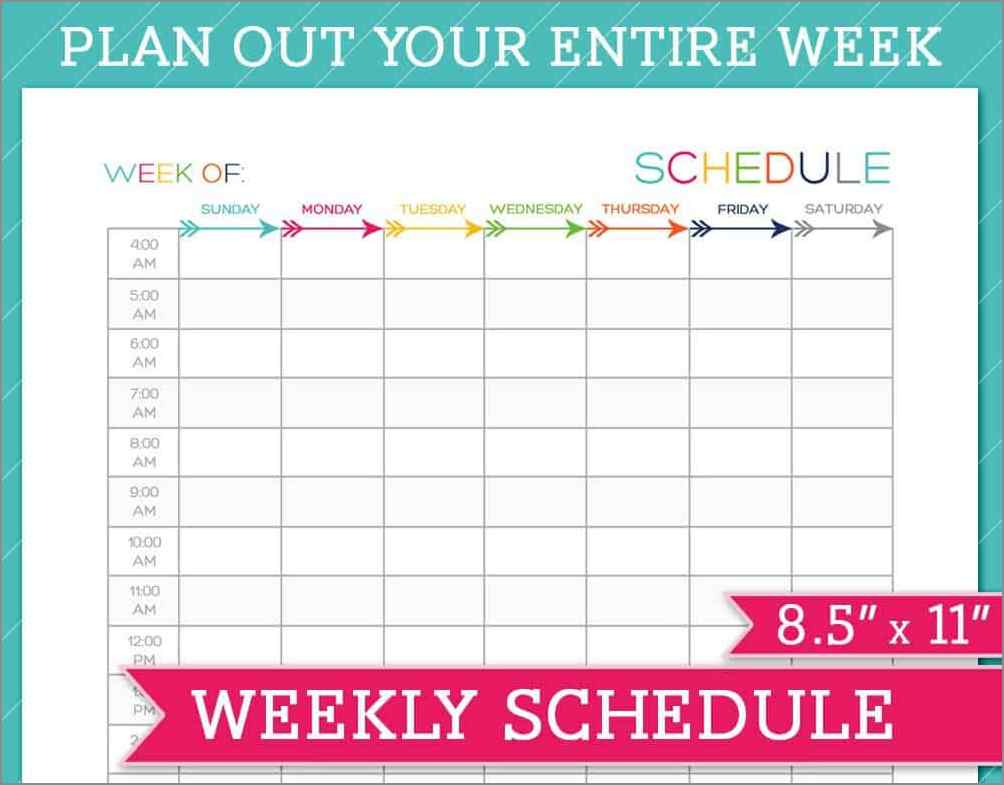
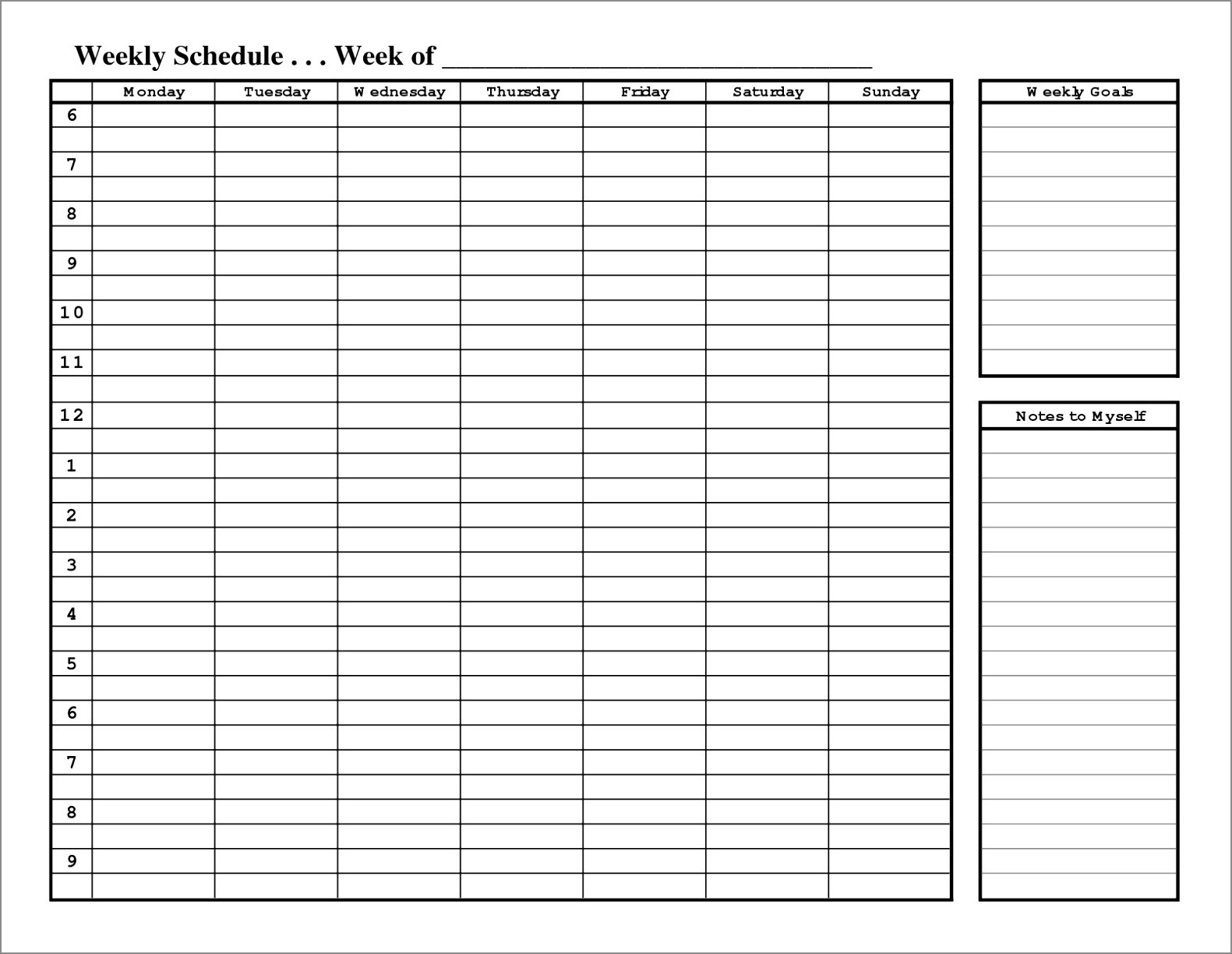
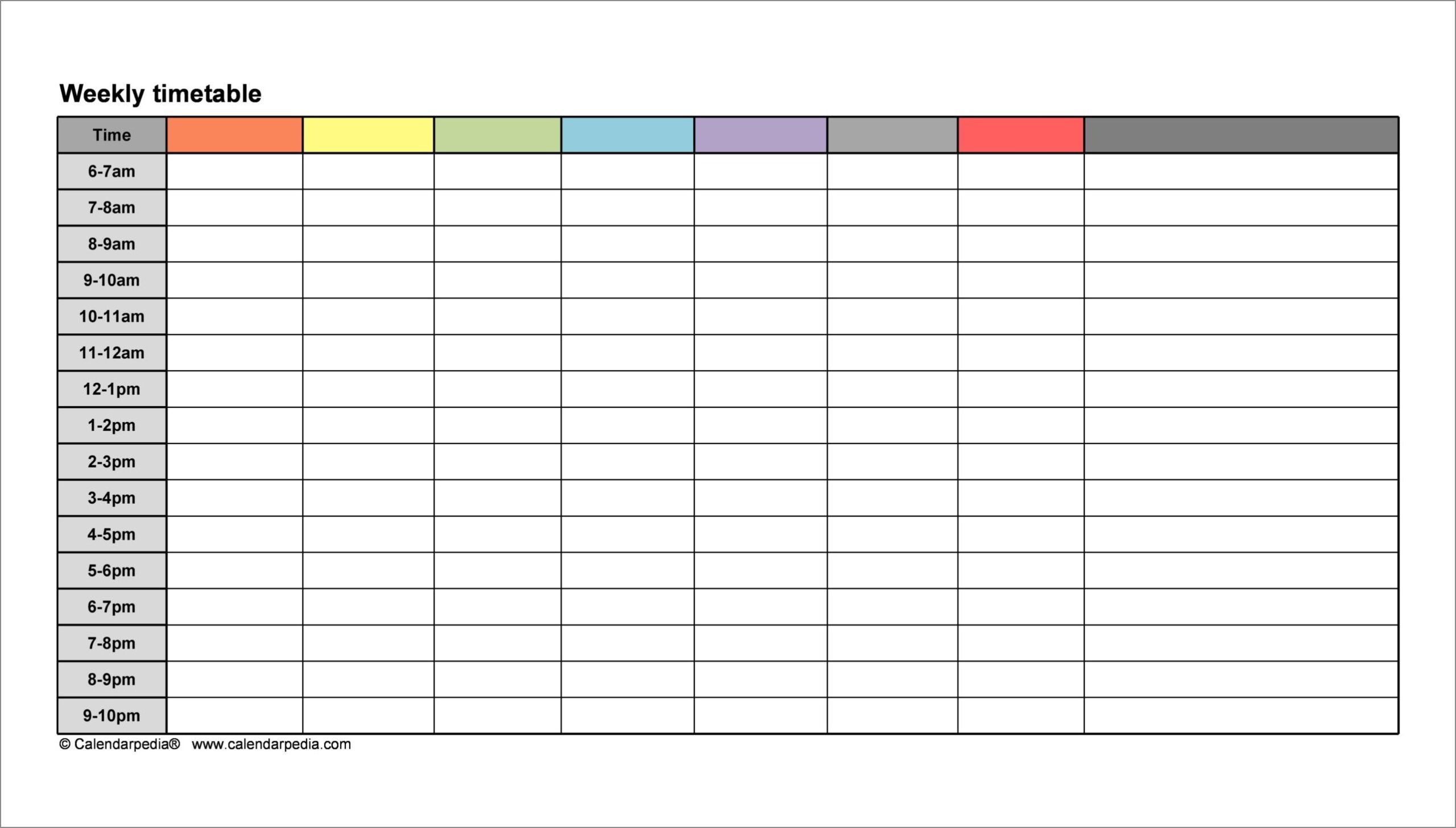
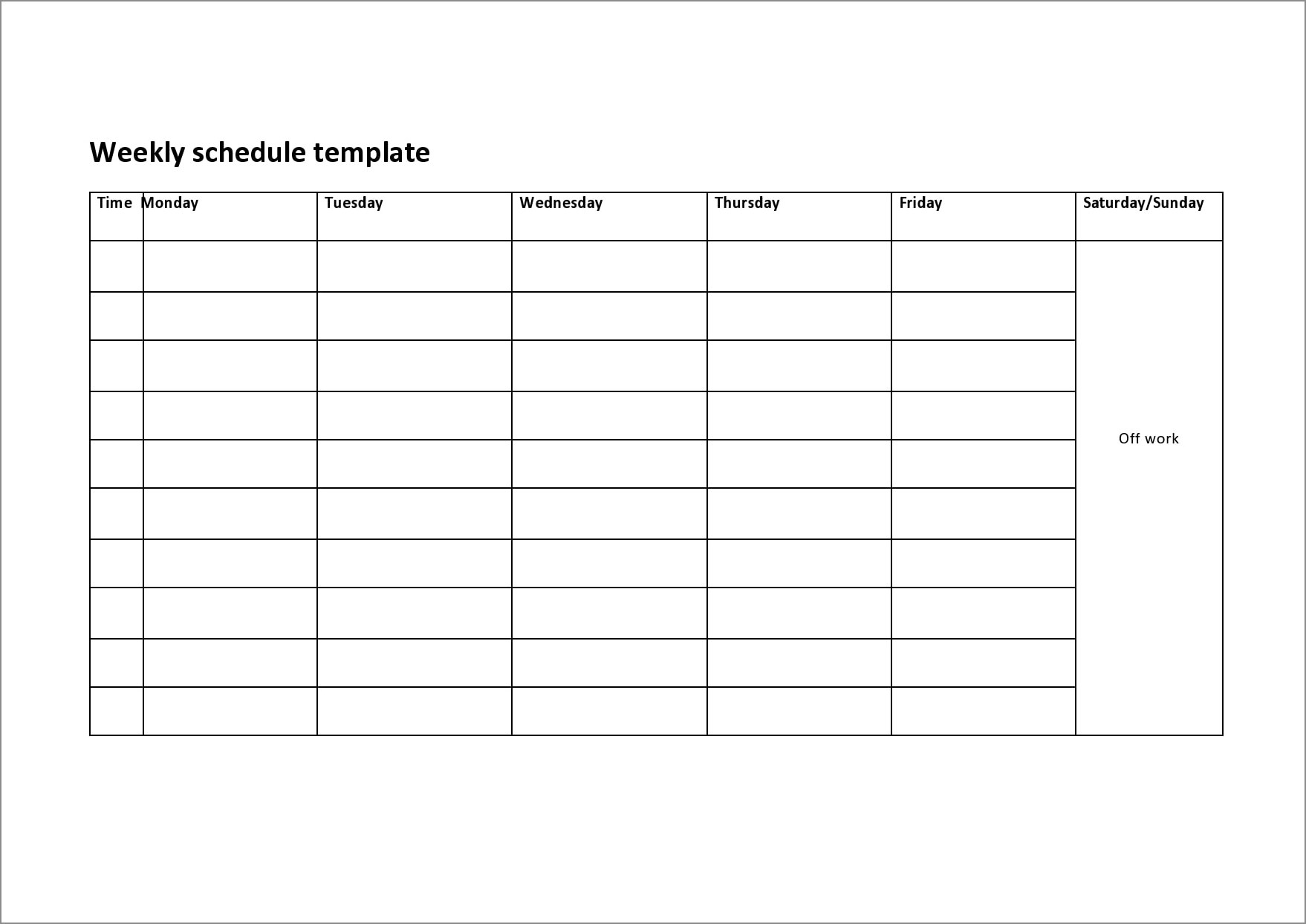
Here’s an example of what a weekly schedule could look like:
- Monday:
- 9:00 AM – 11:00 AM: Complete project proposal
- 11:00 AM – 12:00 PM: Respond to emails
- 1:00 PM – 3:00 PM: Attend team meeting
- 3:00 PM – 4:00 PM: Research new industry trends
- Tuesday:
- 9:00 AM – 10:00 AM: Brainstorm ideas for a marketing campaign
- 10:00 AM – 12:00 PM: Work on social media content
- 1:00 PM – 2:00 PM: Lunch break
- 2:00 PM – 4:00 PM: Collaborate with colleagues on a new project
- Wednesday:
- 9:00 AM – 11:00 AM: Client meetings
- 11:00 AM – 12:00 PM: Review and revise project proposals
- 1:00 PM – 3:00 PM: Work on website redesign
- 3:00 PM – 4:00 PM: Attend training session
- Thursday:
- 9:00 AM – 10:00 AM: Weekly check-in with team members
- 10:00 AM – 12:00 PM: Analyze sales data and prepare a report
- 1:00 PM – 3:00 PM: Develop new marketing strategies
- 3:00 PM – 4:00 PM: Review and respond to customer feedback
- Friday:
- 9:00 AM – 10:00 AM: Plan upcoming week’s schedule
- 10:00 AM – 12:00 PM: Complete administrative tasks
- 1:00 PM – 2:00 PM: Lunch break
- 2:00 PM – 4:00 PM: Wrap up loose ends and prepare for next week
Remember, this is just a sample schedule and may not be suitable for everyone. Customize your schedule to fit your own needs and priorities.
Conclusion
A weekly schedule is a valuable tool that can help you stay organized, focused, and productive. By following the steps outlined in this guide and implementing the tips provided, you can create a schedule that works for you and helps you achieve your goals. Remember to be flexible and make adjustments as needed. With consistency and commitment, you can transform your productivity and lead a more balanced and fulfilling life.
Weekly Schedule Template Word – Download
